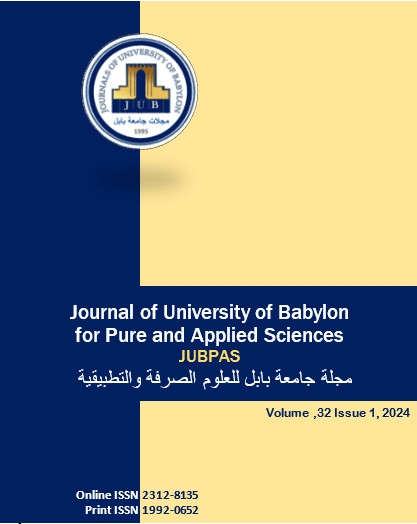Hyper-Parameters Consequence on the Performance of Deep Learning Algorithm for Intrusion Detection System
Main Article Content
Abstract
Background: The increasing reliance on Internet-based applications has led to a rise in the number of hackers, posing a significant threat to the security and confidentiality of digital resources. The performance of the Deep Learning (DL) model is greatly impacted by the design of DL architectures, which typically need expert knowledge. The intrusion detection results can be enhanced by the model by adjusting certain hyper-parameters. The right selection for the best hyper-parameters of the model helps to improve the detection performance.
Materials and Methods: This paper studied the effect of some hyper-parameters used in the classification algorithm for improving the performance of intrusion detection models. Restricted Boltzmann Machine (RBM) and Multilayer Perceptron (MLP) are used to identify the best values in terms of the number of hidden nodes, the number of epochs, and the size of batches used to train the UNSW-NB15 dataset to enhance the accuracy and reduce the implementation time for detecting the attack.
Results: Different numbers of hidden neurons, epochs, and batch size were used to prove which hyper-parameter had the most effect on the performance in terms of accuracy and implementation time to detect attacks.
Conclusion: Building a model and refining it with appropriate hyper-parameter values leads to better design of the model with high performance. The hyper-parameters must be chosen in a way that enhances the performance of the model in terms of increasing accuracy and reducing the implementation time.
Article Details
Issue
Section

This work is licensed under a Creative Commons Attribution 4.0 International License.
